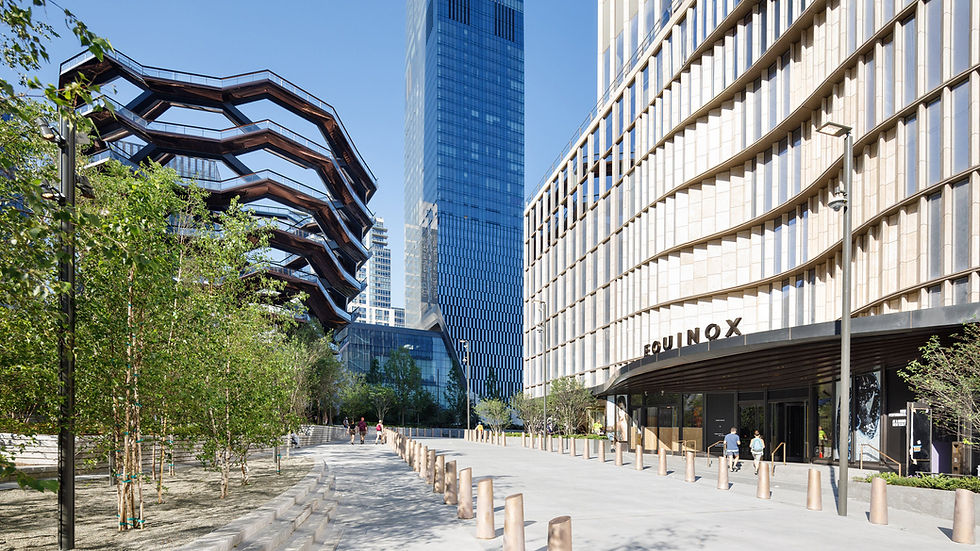Weekly Market Report - June 22, 2023
- Norman Bobrow

- Jun 21, 2023
- 3 min read
***
There’s no doubt been a change in the way people work post-Covid, and many firms are embracing hybrid schedules. In certain sectors, this shift from remote to in-person has stirred demand for work areas. There’s been a real scramble for space in some of their markets. Taking a closer look at these fluctuations, we can identify several factors that are impacting the return to office trends. The level of demand for workplaces is largely dependent on the industry, city, submarket, and building type. In Manhattan, in-person office visits at the end of 2022 were 90.9% of their 2019 levels for biotech, life sciences, pharma and healthcare.
Other industries had strong turnouts as well, with the media reaching an in-person rate of 71.6% compared to pre-pandemic levels, and banking and finance hitting 60.2%. These were all above the average for Manhattan’s overall office visitor showings, which was 55.7% at the end of 2022 relative to end of year 2019. That figure has continued to climb in recent months. Visitation rates for all building classes and markets in Manhattan averaged 61% in Quarter 1 2023 compared to pre-pandemic 2019 baseline levels, according to the Real Estate Board of New York (REBNY). With CEOs like Jamie Dimon of JPMorgan & Chase Co calling workers back to the office, it’s possible that in-person rates for certain sectors like banking and finance will increase in the coming months.
***
The Manhattan commercial real estate market has forever shifted after the pandemic, with lower occupancies, the flight to quality and owners seeking innovative ways to make their properties stand out to potential clients. Governmental entities are introducing new opportunities that allow commercial real estate businesses to explore tax credits and incentives for environmental, social and governance (ESG) initiatives, and incentives designed to promote economic growth and encourage business development. Various regulations are aimed at reducing greenhouse gas emissions, improving energy efficiency ratings, and helping business owners attract world-class tenants. Take a deep dive into the exciting changes on the horizon for the commercial real estate sector.
***
The coronavirus pandemic is fading but its aftermath continues to cast a shadow on how and where office work is done, particularly with hybrid scheduling. Many workers telecommute two to three days of the workweek. Office attendance is about 50% on a typical workweek; subway ridership is 35% below pre-pandemic levels, the report says. “While New York City’s economy has largely rebounded from the pandemic, the commercial real estate sector, in particular the office market, has not,” the comptroller’s report says. “The gradual trend toward remote work over the past few decades accelerated to warp speed in the spring of 2020, as almost all businesses that could operate remotely were required to do so.”
This year, office vacancies in the city hit a record high — nearly 23%. “The question on many people’s minds is: what lies ahead? It seems increasingly clear that, while companies still need and value office space, hybrid remote work arrangements are here to stay,” the report says. “In effect, many businesses are now able to do more with less office space; how much less space remains to be seen.” Still, property taxes aren’t the only government revenue lost when even a fraction of the workforce goes remote.









Comments